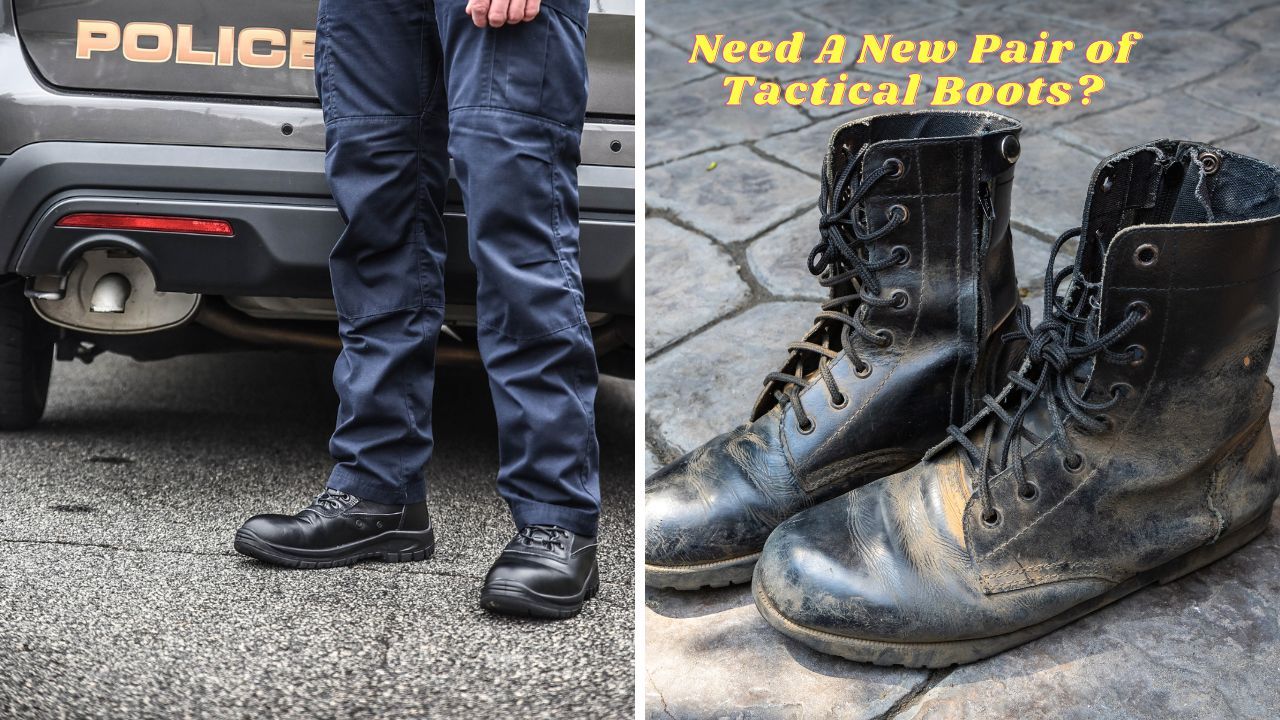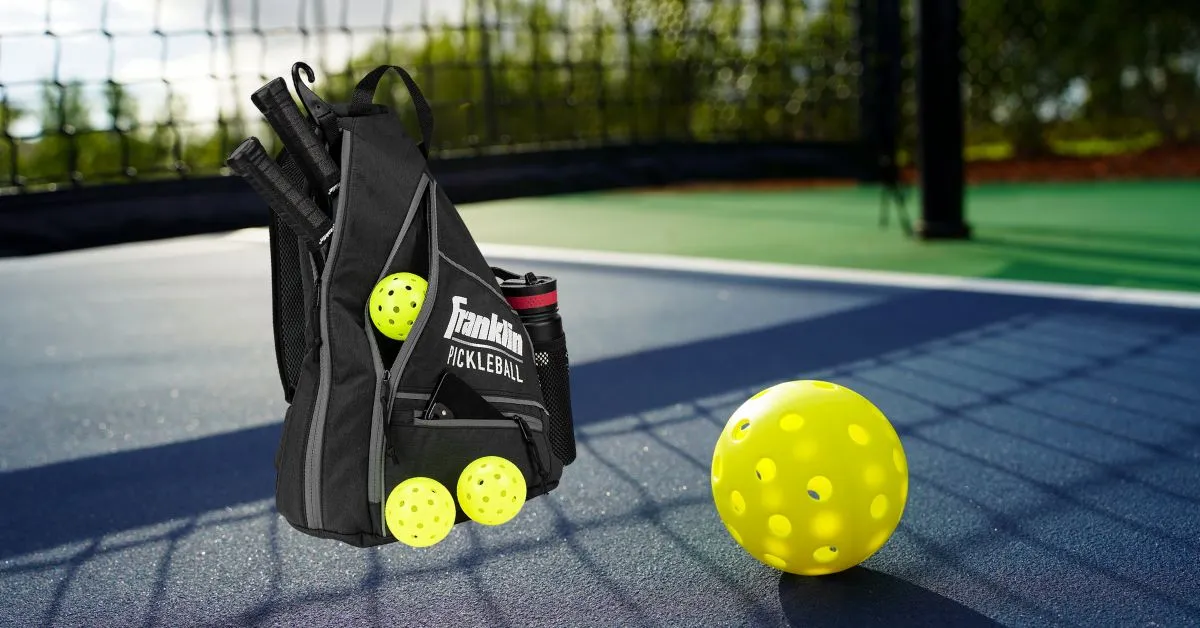Table of Contents
In a world where safety, preparedness, and adaptability are crucial, tactical gear has emerged as a reliable solution. Whether for professional use or personal protection, this equipment is designed to provide its users with the tools they need to handle any situation. Dive into the world of tactical gear and explore its purpose, types, history, and future trends, as well as the safety and legal aspects of using it effectively. So what is tactical gear? Let's find out.
So what is tactical gear?
- Tactical gear is designed for protection, comfort and functionality in a range of challenging environments.
- It encompasses clothing, footwear and accessories tailored to suit any situation from military operations to weekend camping.
- Training and education on proper use as well as legal considerations are essential for safe usage.
Understanding Tactical Gear
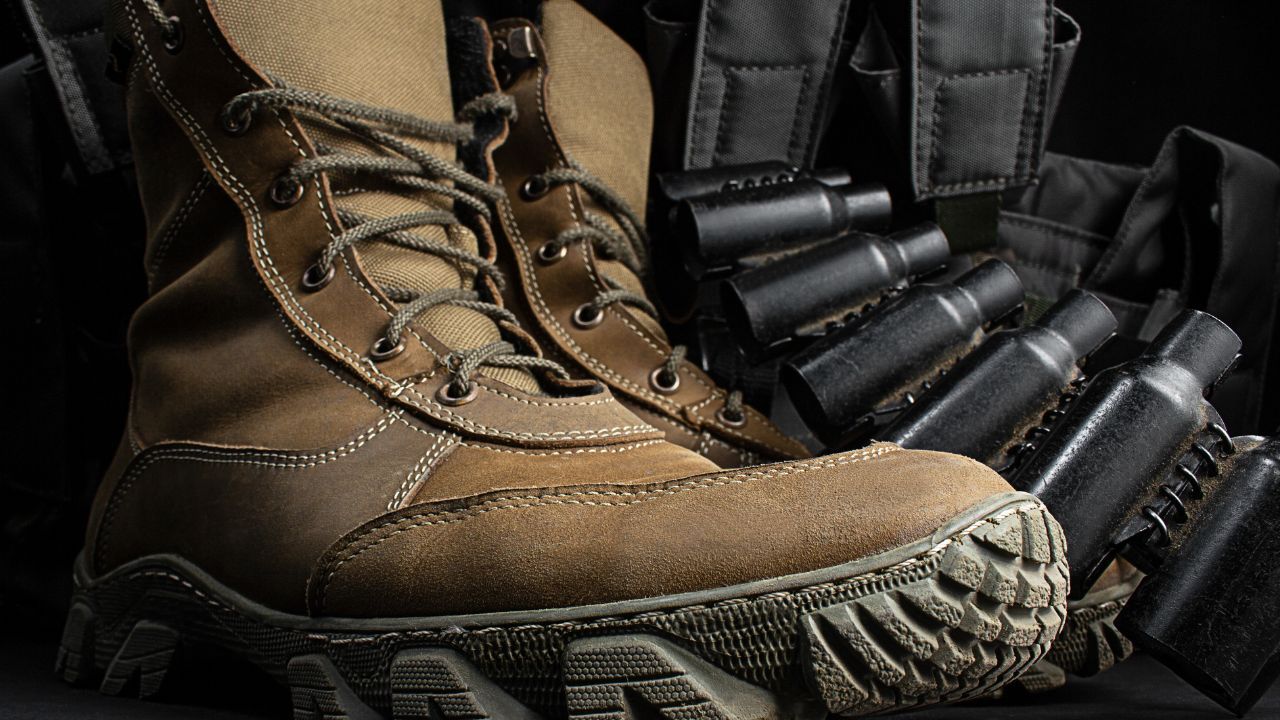
Tactical gear is designed to provide protection, comfort, and functionality in a variety of situations, ranging from military operations to outdoor adventures. Originally intended for military, law enforcement, and first-responders, the demand for tactical gear has grown, making it accessible to anyone who desires it and can afford it.
With this expansion, tactical gear has become more versatile, catering to a wider range of applications and settings.
Defining Tactical Gear.
Tactical gear definition: Tactical gear encompasses a broad range of clothing and equipment, designed with specific purposes in mind, usually military in nature. From combat pants made with ripstop material to withstand harsh conditions, to tactical eyewear providing protection against shrapnel and fragmentation, these items are built for durability and performance. Stealth is another important aspect of tactical gear design, with colors such as black or camouflage playing a significant role in concealment.
Another distinguishing feature of tactical gear is its adaptability and customization options. For instance, ballistic helmets can be equipped with night vision support, providing enhanced capabilities for the user. This versatility allows individuals to tailor their gear to their specific needs and preferences, ensuring optimal performance in any situation.
Professionals Using Tactical Gear
While tactical gear is now available to civilians, it still plays a crucial role for professionals such as a police officer, firefighters, EMTs, and military personnel. These individuals require gear that can withstand the rigors of their jobs, providing protection, mobility, and utility.
One example of this is night vision and thermal imaging devices, which are essential for low light or no light conditions. These specialized optics, along with their necessary accessories like mounting hardware and IR illuminators, enable professionals to operate effectively in challenging environments.
As technology advances, the capabilities of tactical gear continue to evolve, ensuring that professionals have access to the best equipment possible.
Essential Components of Tactical Gear
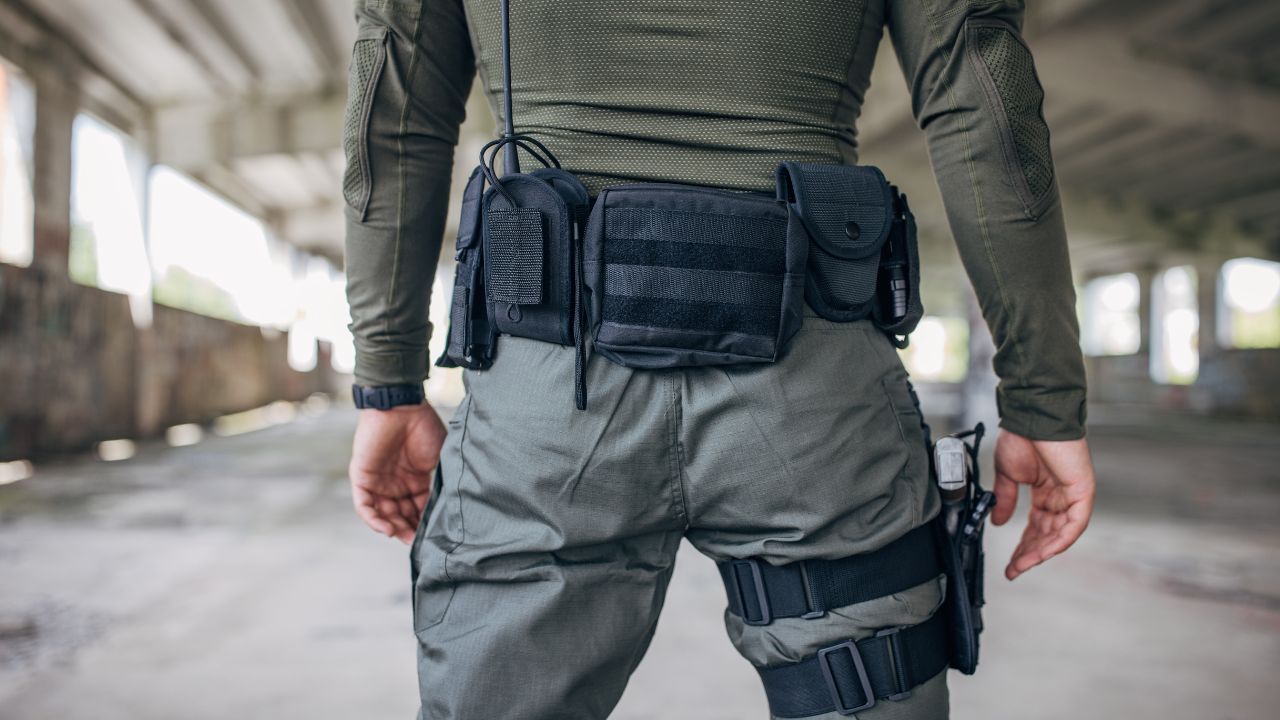
The key components of tactical gear include durability, adaptability, customization, and comfort. These elements ensure that the gear can withstand the demands of various environments and activities, while also providing the user with the ability to tailor the equipment to their individual needs.
Typical components of tactical gear include boots, body armor, tactical backpacks, holsters, belts, gloves, and trauma medkits. Each of these items is designed to provide the user with a specific function or advantage, ensuring that they are well-equipped for any situation.
Durability Tactical Gear
Durability is a crucial aspect of tactical gear, as it ensures that the equipment can withstand the rigors of its intended use. Materials such as 1000D nylon, polyester, ripstop fabrics, and cotton/polyester blends are chosen for their strength, resilience, and practicality.
Innovations in materials have led to advances in tactical gear design, such as the hybrid cut of tactical pants introduced by UF PRO in 2012. This design combines the functionality of a baggy fit with increased mobility, providing users with the best of both worlds.
As technology and materials continue to advance, we can expect to see further improvements in the durability and functionality of tactical gear.
Adaptability and Customization
Adaptability and customization are essential aspects of tactical gear, allowing users to modify their equipment according to their specific needs and preferences. Manufacturers recognize this and offer custom solutions for gear, such as backpacks, pouches, and apparel.
By selecting the desired features, materials, and colors, customers can create truly unique gear tailored to their requirements. This not only increases efficiency and comfort during activities, but can also help save money by purchasing only the necessary features.
Comfort and Ergonomics
Comfort and ergonomics play a vital role in tactical gear, as they allow the user to focus on the task at hand without being hindered by discomfort or strain. Features such as extra pockets, reinforced knees, and moisture-wicking material enhance comfort and functionality.
The importance of comfort and ergonomics cannot be overstated, as they not only ensure that the user can perform optimally, but also help prevent potential injuries or fatigue. By prioritizing these factors in the design of tactical gear, manufacturers are able to provide users with equipment that is both functional and comfortable.
Types of Tactical Gear
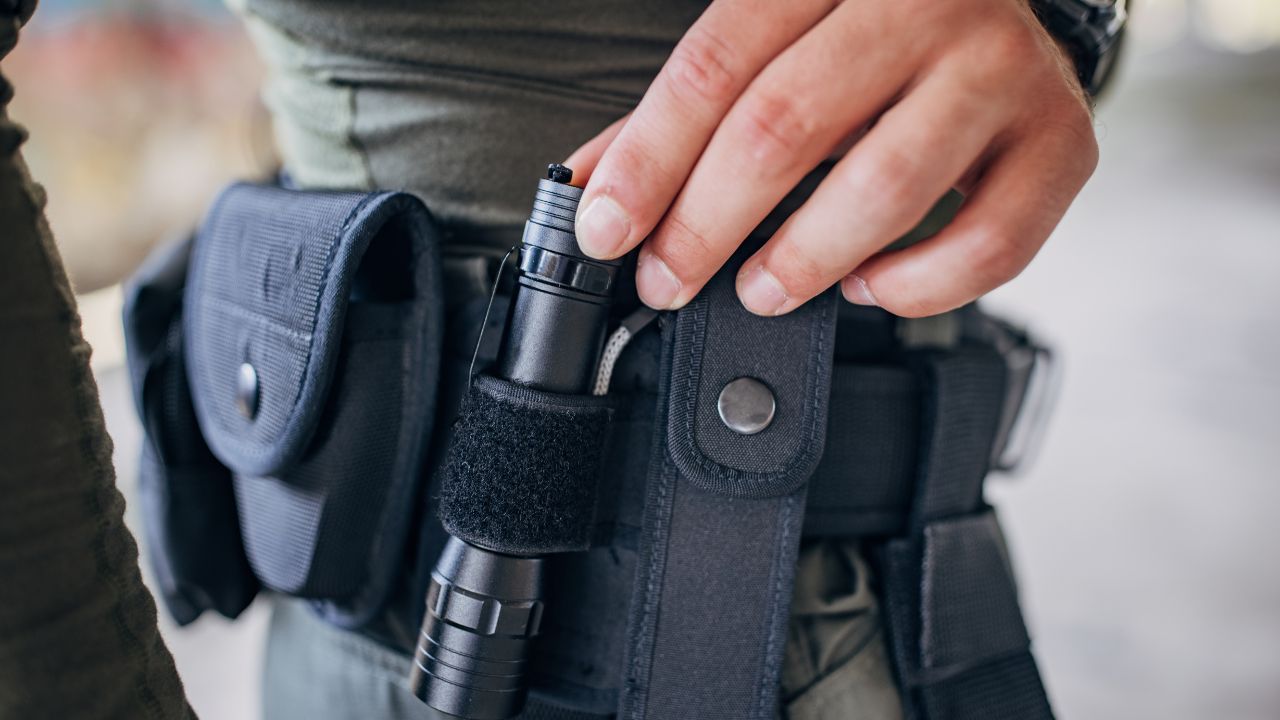
Tactical gear encompasses a wide range of items, including clothing, footwear, and accessories. These various types of gear are designed to provide users with the tools they need to tackle any situation, whether it be a high-stakes military operation or a weekend camping trip.
As the demand for tactical gear has grown, so too has the variety of items available. From combat pants and shirts to boots and holsters, there is a piece of tactical gear for every need and preference.
Tactical Clothing
Tactical clothing is designed to provide protection, comfort, and functionality for the user. This category includes items such as combat pants, shirts, jackets, and vests. Many of these items are designed to blend in with the environment, offering users an added layer of stealth and protection.
One example of tactical clothing innovation is the UF PRO Striker Combat Pants, which have become the preferred choice of combat pants for many European law enforcement units. By continually innovating, manufacturers ensure that tactical clothing remains at the cutting edge of performance and functionality.
Tactical Footwear
Tactical footwear is designed to provide maximum mobility and protection for the user. This category includes boots, shoes, and sandals that are built to withstand harsh conditions and provide the necessary support for various activities.
When selecting tactical footwear, factors such as lightweight design, durability, waterproofing, and breathability should be taken into account. Brands such as Merrells, Lowas, and Salomons are recommended for their high-quality tactical footwear.
Tactical Accessories
In addition to clothing and footwear, tactical accessories play a crucial role in the overall functionality of tactical gear. Items such as holsters, belts, backpacks, and watches serve specific purposes to enhance the user's experience and capabilities.
Tactical watches, for example, are designed to be highly durable and can monitor biometric data such as heart rate, respiratory rate, and body temperature. Meanwhile, tactical belts provide support for equipment that is attached to them, ensuring that the user has easy access to their tools when needed.
The Evolution and Future of Tactical Gear
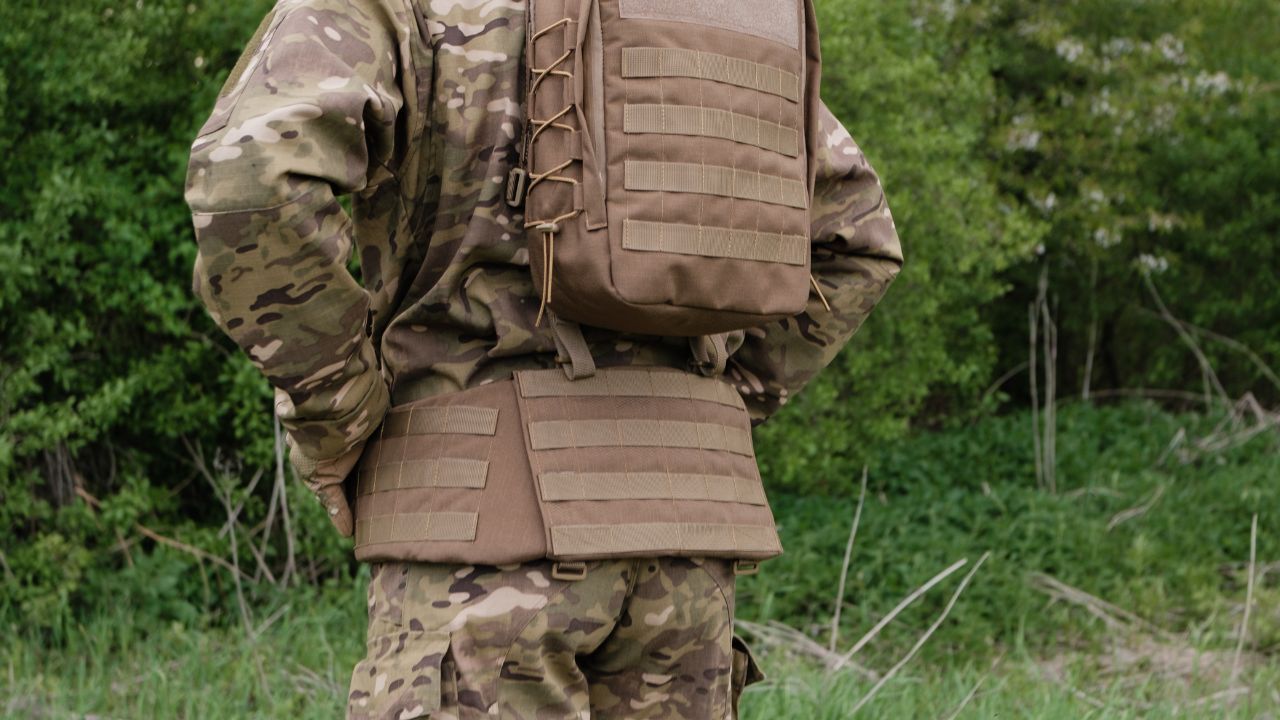
The history of tactical gear dates back thousands of years, beginning with armor for battle purposes such as chain mail. Over time, tactical gear has evolved in response to advances in technology, changes in warfare, and a demand for greater innovation. Today, the expansion of tactical gear into the civilian market has led to a surge in popularity and an increased focus on developing high-quality products for both military and civilian use.
As we look towards the future, it is anticipated that the development of tactical gear will continue to be shaped by technological advances and the need for increased innovation. This will result in the creation of even more advanced and functional gear, providing users with the best possible equipment for their needs.
Historical Roots
The origins of tactical gear can be traced back to armor used for battle, such as chainmail, which was the first form of tactical gear employed for protection. Over the centuries, tactical gear has evolved in response to advances in technology, changes in warfare, and a demand for greater innovation.
Modern tactical gear is designed to be lightweight, resilient, and comfortable, with a focus on versatility and customization. This enables users to tailor their gear to their specific requirements, ensuring optimal performance in any situation.
Civilian Adoption
The civilian adoption of tactical gear has grown in recent years, as more people become aware of the advantages it offers and as manufacturers develop products specifically tailored for civilian use. Tactical gear has even made its way into the world of fashion, with high-end designers incorporating elements of tactical gear into their collections.
As the market for civilian tactical gear continues to expand, it is likely that the quality of these products will also improve, providing civilians with access to the same cutting-edge equipment used by military and law enforcement professionals.
Future Trends
The future of tactical gear is likely to be shaped by continued technological advancements and shifts in the nature of warfare, as well as the ongoing demand for innovative products. Manufacturers will strive to create top-quality gear using advanced materials for both military and civilian use, driven by market pressure.
As a result, we can expect to see even more advanced and functional tactical gear in the years to come. This will provide both military personnel and civilians with the tools they need to stay safe, comfortable, and prepared in an ever-changing world.
Tactical Gear Safety and Proper Use
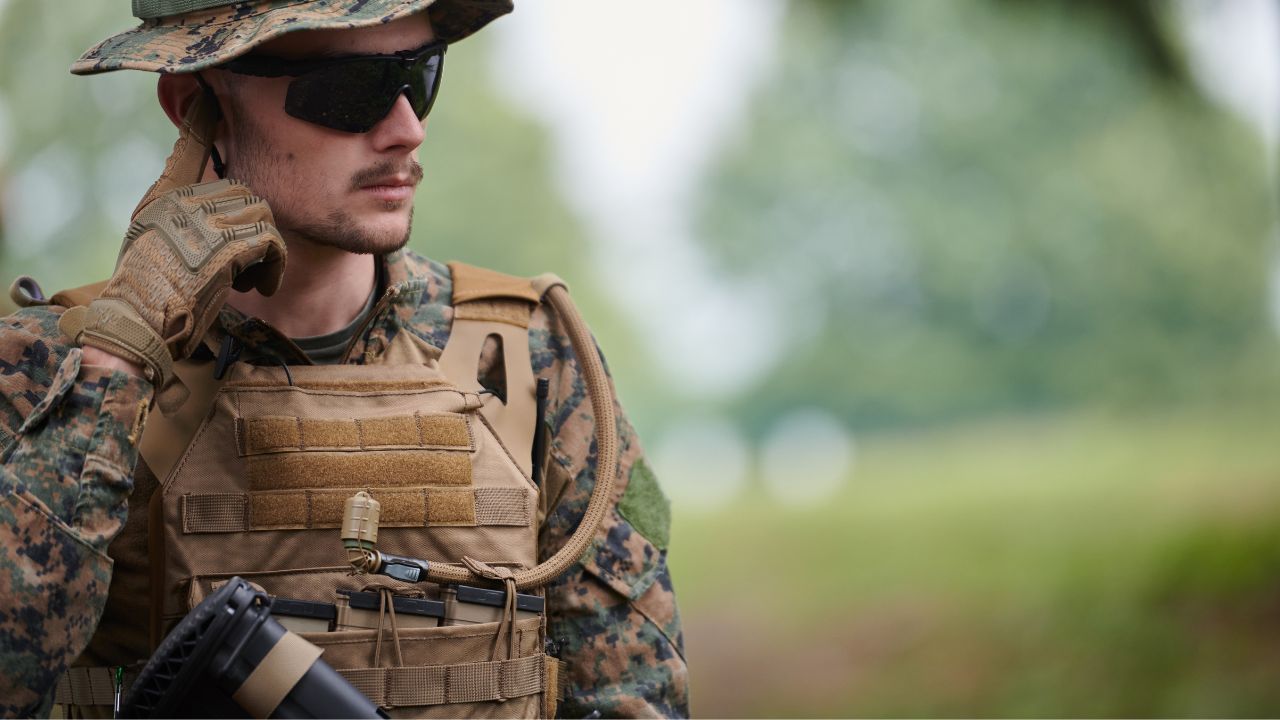
Using tactical gear safely and effectively requires proper training and education, especially when it comes to medical, navigation, and communication tools. Additionally, legal considerations must be taken into account, as certain items may be restricted or prohibited in some areas.
By ensuring that users are well-trained and aware of the legal aspects surrounding tactical gear, they can maximize the benefits of their equipment while minimizing the risks associated with improper use.
Training and Education
Training and education are essential for the proper use of tactical gear, particularly for medical, navigation, and communication tools. Familiarity with traditional land navigation tools such as maps, compasses, and pace counters, as well as electronic devices like GPS systems, is crucial for effective navigation in various environments.
Similarly, knowledge of first aid procedures and the use of medical equipment, such as tourniquets and trauma kits, can be life-saving in emergency situations. Adequate training and education ensure that users can make the most of their tactical gear, enhancing their effectiveness and safety in any situation.
Legal Considerations
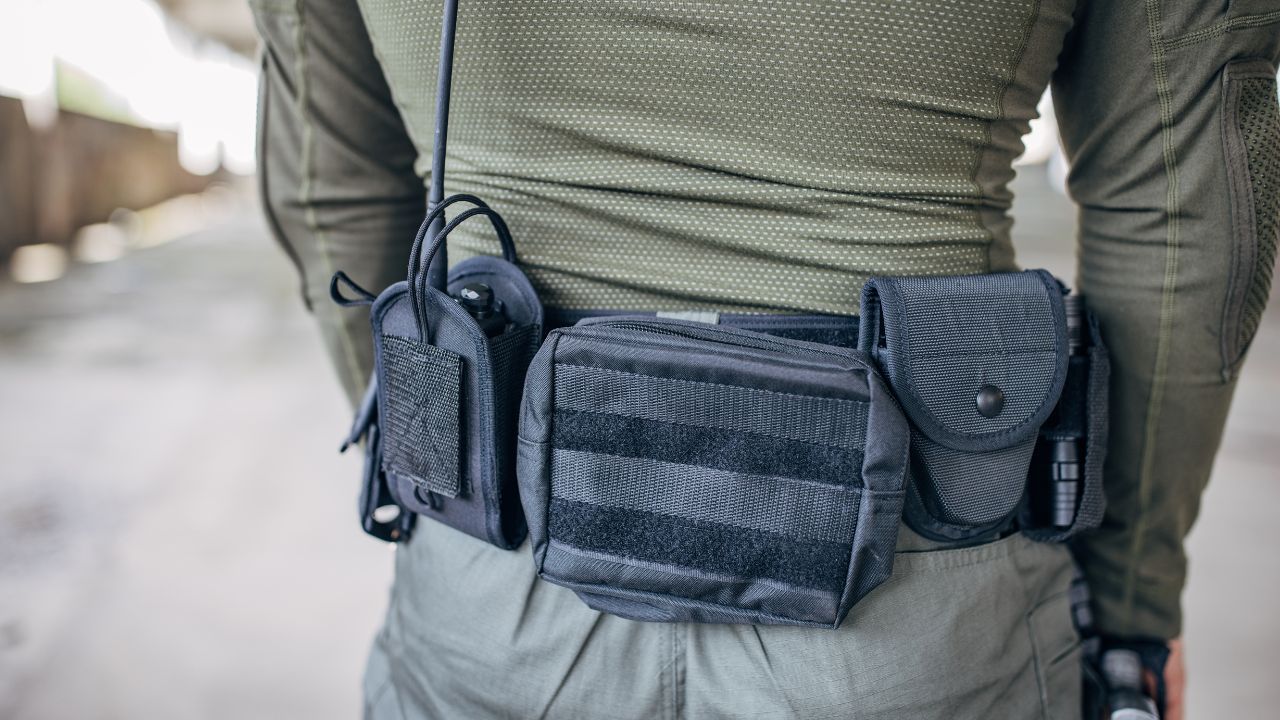
When using tactical gear, it is important to be aware of the legal considerations surrounding certain items. For example, the legality of wearing body armor varies by state, with some requiring specific employment or prohibiting the use of body armor while committing a crime.
By staying informed about the legal aspects of tactical gear, users can ensure that they are using their equipment in a responsible and lawful manner, minimizing the risks associated with improper use.
Summary
Tactical gear encompasses a wide range of clothing and equipment designed for military, law enforcement, and outdoor enthusiasts. This includes tactical gloves, tactical boots, and other tactical apparel that prioritizes functionality, durability, and protection. The purpose of tactical equipment is to provide users with the necessary tools and clothing worn in high-intensity situations or environments.
Durability is a key factor in most tactical gear, as it must withstand harsh conditions and rigorous use. Tactical shirts, for example, are often made from materials that resist tearing, while tactical boots provide ample support and traction for various terrains. Surplus military gear, such as clothing and military equipment, is often repurposed for civilian use due to its high-quality construction and reliability.
While tactical gear was initially designed for military personnel, it has become increasingly popular among police officers and outdoor enthusiasts who appreciate the functionality and durability of these items. From tactical gloves that offer dexterity and protection to tactical boots that ensure stability and comfort, this specialized apparel and equipment cater to the unique demands of these professions and activities.
Tactical gear has come a long way since its origins in battle armor, evolving into a versatile and essential tool for both military and civilian use. With its focus on durability, adaptability, customization, and comfort, tactical gear is designed to meet the diverse needs of its users. As technology continues to advance, we can expect to see even more innovative and functional tactical gear in the future. By staying informed about the proper use and legal considerations surrounding tactical gear, users can ensure that they are well-equipped and prepared for any situation that may arise.
Frequently Asked Questions
What does tactical mean in gear?
Tactical gear is specifically designed for military, police, security, and civilians to perform difficult tasks. It must be made of high-quality materials and provide functional features such as durability, comfort, and versatility.
Tactical gear also must enable stealthy movement, accommodate weapons, and allow for a wide range of motion.
What makes an item tactical?
Tactical items generally have features such as tactical pockets, magazine pouches, cargo compartments, and Molle systems, which provide quick access to firearms and other essential gear. They are designed for use in a range of demanding environments, from outdoor activities to extreme military situations.
Tactical items must be durable, comfortable, versatile, stealthy, and enable the user to carry various weapons with ease.
Why is clothing called tactical?
Clothing is called tactical because it is designed specifically for military and law enforcement personnel to provide the protection, comfort and functionality necessary for completing their tasks effectively.
Tactical gear is engineered with strong materials and features like pockets for weapons or ammunition which make it particularly suitable for rough conditions. Items such as tactical gloves or tactical boots fall in this category.
Can civilians wear tactical gear?
Generally, civilians are allowed to wear tactical gear, as long as they abide by the laws of their state. However, some states may not permit body armor to be worn in schools and other areas.
Ultimately, it is important to be mindful of state and federal regulations when wearing tactical gear.
With detailed and rigorous research, we provide our readers with the finest recommendations. Our recommendations are our opinions. Our cause is backed by reader support- for every click made through one of our affiliates links, a commission may be earned at no extra expense to you! As an Amazon Associate, Reviewsopedia may earn a commission from qualifying purchases. Thank you and enjoy!
Other Related Articles
